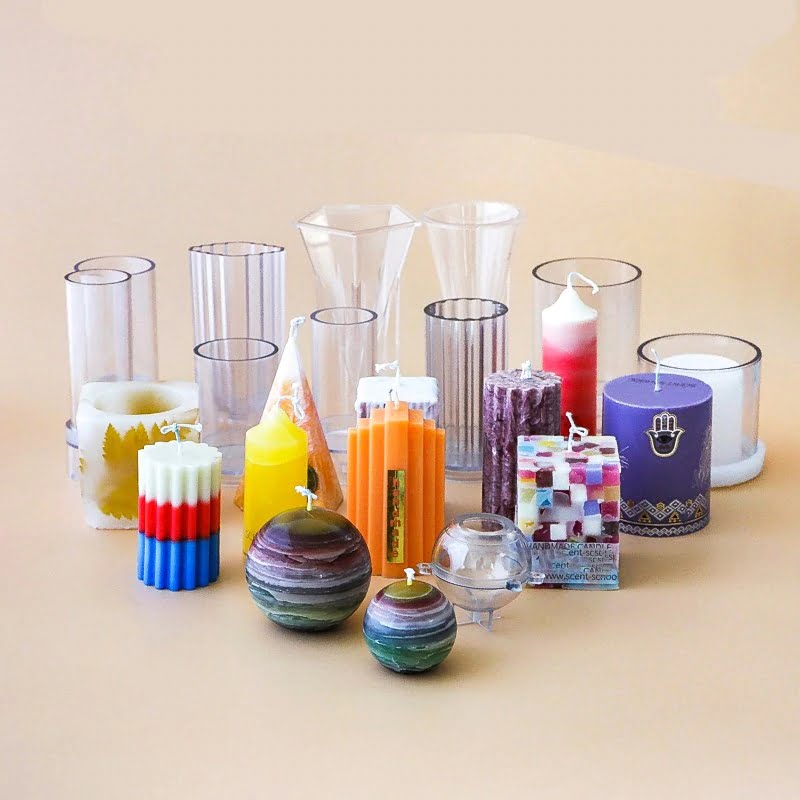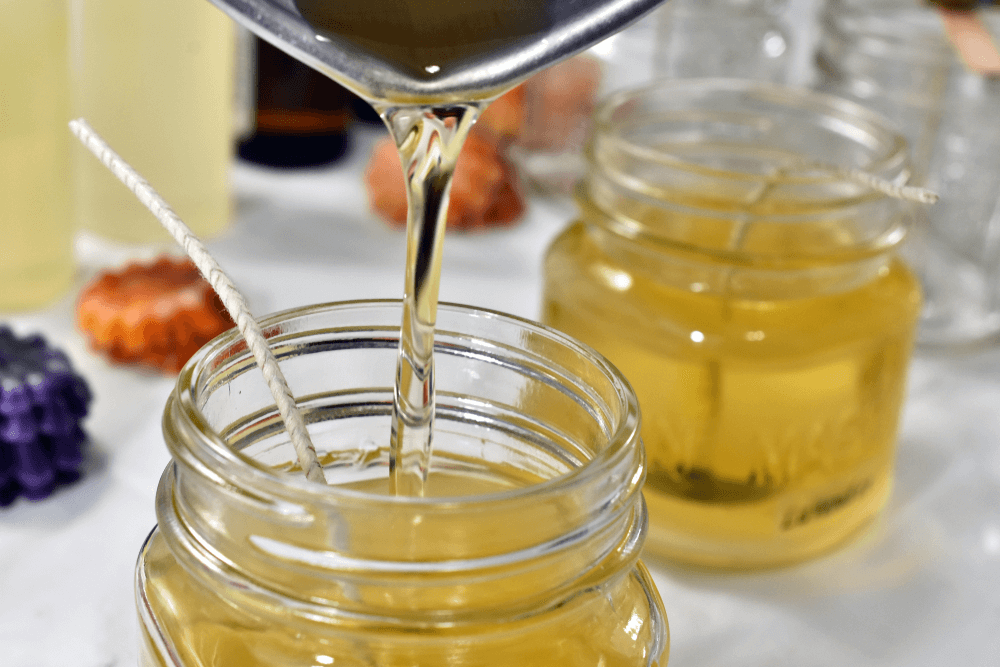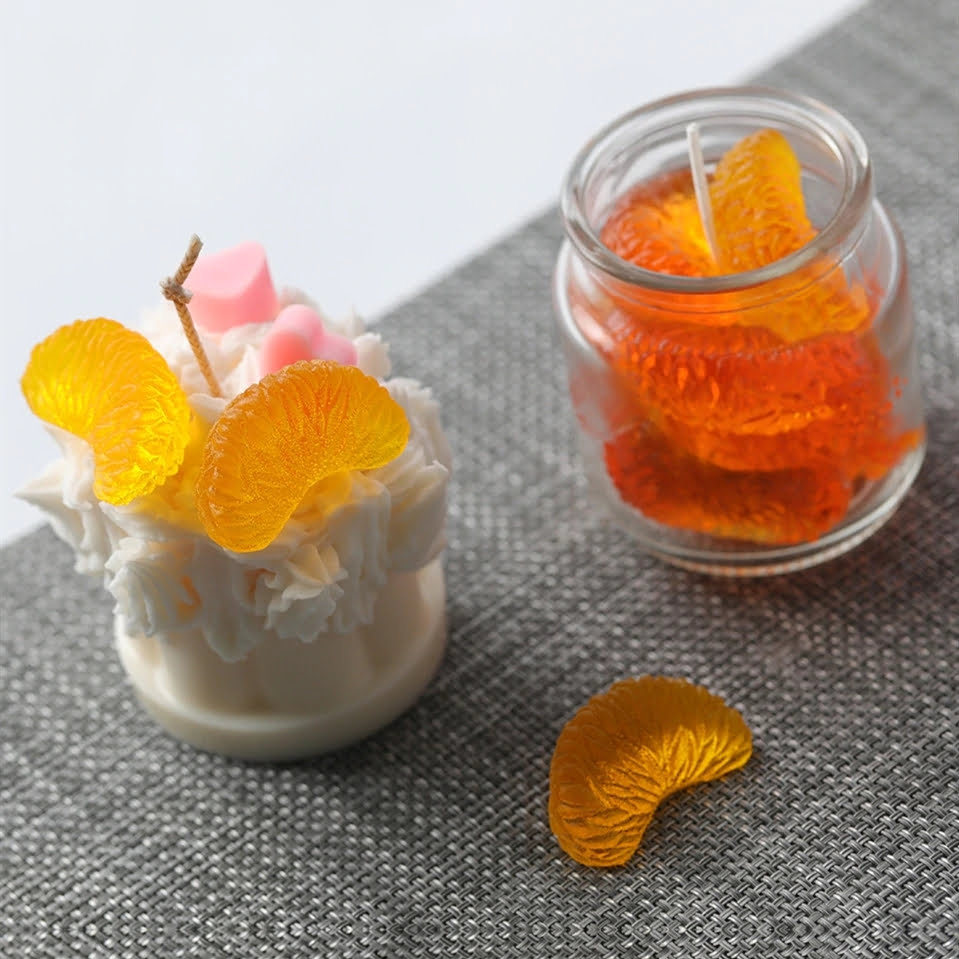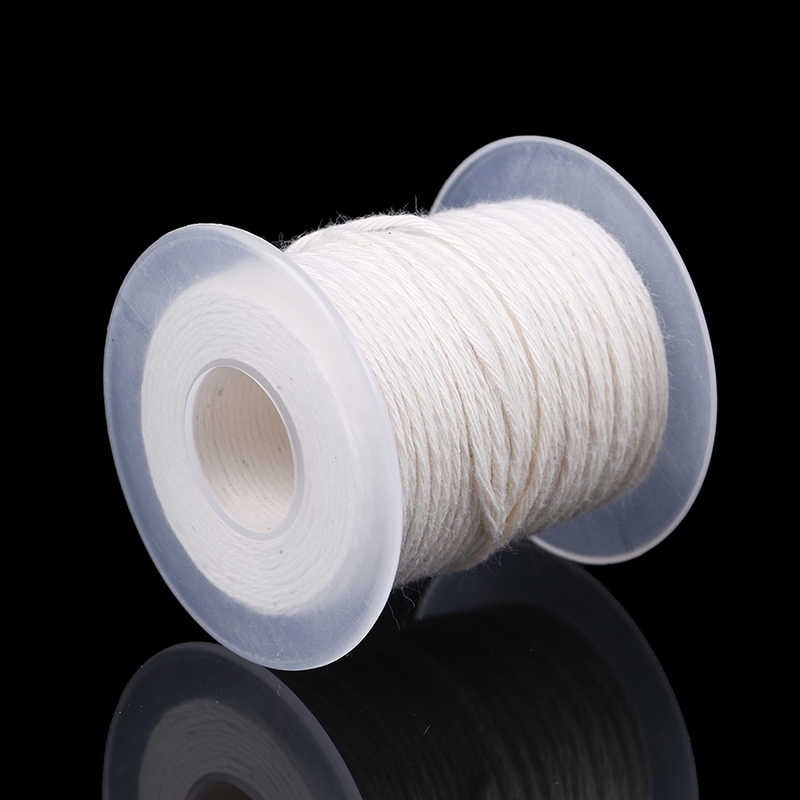Wax additives are an essential component in the candle making process, playing a crucial role in enhancing the quality and performance of the final product. From enhancers to fragrances and colorants, these additives offer candle makers a wide range of options to customize their creations. Understanding the different types of wax additives and their role in improving candle quality is key for those looking to enter the industry or enhance their craft.
In this article, we will explore the world of wax additives in candle making, delving into the various types available and how they can be incorporated into the production process. Additionally, we will discuss the most commonly used wax additives in the industry, as well as provide tips for selecting the right ones for your specific candles.
Furthermore, we’ll touch on safety considerations when working with these additives and take a look at future trends and innovations in the field.
Whether you are a seasoned candle maker or just starting out, understanding wax additives is essential for creating high-quality candles that stand out in the market. So let’s dive into this fascinating world and explore how wax additives can take your candle making to new heights.
Types of Wax Additives
Wax additives play a crucial role in candle making, serving to enhance the quality and performance of the final product. There are various types of wax additives that are commonly used in the industry, including enhancers, fragrances, and colorants. These additives not only add aesthetic appeal to the candles but also improve their burn time and scent throw.
- Enhancers: Enhancers are wax additives that help improve the overall performance of candles. They can include substances such as stearic acid or vybar, which help to increase the hardness of the wax, improve its opacity, and enhance its fragrance retention.
- Fragrances: Fragrances are perhaps one of the most popular types of wax additives used in candle making. These additives come in a wide variety of scents, from floral and fruity to woodsy and spicy. When incorporating fragrances into candles, it is important to use high-quality, skin-safe fragrance oils specifically formulated for candle making.
- Colorants: Colorants are another essential type of wax additive that allows for endless creativity in candle making. Whether using liquid dyes or powdered pigments, colorants can be mixed and matched to create custom colors for candles. It is important to use colorants that are specifically designed for use in candles to ensure they do not affect burn performance or safety.
Incorporating these types of wax additives into your candle making process requires careful consideration and experimentation to achieve the desired results. By understanding how enhancers, fragrances, and colorants work in tandem with different waxes, candle makers can create high-quality products that stand out in the market.
As with any new component added to a production process, it’s important to consider all safety precautions when working with wax additives in order to ensure both product quality and personal well-being.
The Role of Wax Additives in Improving Candle Quality and Performance
Wax additives play a crucial role in improving the overall quality and performance of candles. By enhancing the characteristics of the wax, these additives can help to create candles that burn longer, have better scent throw, and exhibit vibrant colors. In this section, we will explore the different ways in which wax additives contribute to the improvement of candle quality and performance.
Enhancing Burn Time
One of the key benefits of using wax additives in candle making is their ability to enhance burn time. Certain additives, such as stearic acid or vybar, can help to increase the melting point of the wax, resulting in a slower and more even burn. This not only prolongs the life of the candle but also reduces dripping and tunneling, providing a more enjoyable experience for the consumer.
Improving Scent Throw
Another important role of wax additives is their ability to improve scent throw in candles. Fragrance oils can be combined with enhancers such as Vybar or Poly-ACMC to ensure that the scent is evenly distributed throughout the candle, resulting in a stronger and longer-lasting fragrance when burned. This allows candle makers to create aromatic products that fill a room with delightful scents.
Enhancing Color Vibrancy
In addition to improving burn time and scent throw, wax additives also play a critical role in enhancing color vibrancy in candles. Dyes and pigments are commonly used as additives to achieve a wide range of colors in candles. These additives help to ensure that the chosen color is consistent throughout the entire candle, from top to bottom.
By using these colorants effectively, candle makers can create visually appealing products that attract consumers with their vibrant hues. Overall, choosing the right wax additives can significantly impact the quality and performance of candles, making them burn longer, smell stronger, and look more attractive. Understanding how different types of wax additives contribute to these improvements is essential for creating high-quality candles that stand out in an increasingly competitive market.
Commonly Used Wax Additives in the Candle Making Industry
When it comes to the art of candle making, wax additives play a crucial role in enhancing the quality and performance of the final product. Candle makers often rely on a variety of wax additives to create unique and high-quality candles that stand out in the market. From enhancers to fragrances and colorants, there are several commonly used wax additives in the candle making industry.
Enhancers
Enhancers are one of the most commonly used wax additives in candle making. These additives are designed to improve the overall performance and burn quality of the candles. Enhancers can help reduce issues such as tunneling, soot, and uneven burning, leading to a more consistent and longer-lasting burn.
Fragrances
Fragrances are another popular type of wax additive used in candle making. Adding fragrance to candles is an effective way to create pleasant aromas that can enhance mood and atmosphere. Whether using essential oils or synthetic fragrances, candle makers carefully select scents that align with their brand identity and customer preferences.
Colorants
Colorants are essential wax additives for candle makers who want to produce candles with unique and vibrant colors. These additives come in various forms, including liquid dyes, powdered pigments, and color blocks. With a wide range of options available, candle makers can easily customize their products to meet specific market demands.
The use of these commonly used wax additives allows candle makers to create distinctive products that appeal to consumers’ senses while also ensuring optimal burn performance. By understanding how these additives work and incorporating them effectively into the candle making process, artisans can produce high-quality candles that stand out in today’s competitive market.
How to Incorporate Wax Additives Into Candle Making Process
Adding wax additives to your candle making process can enhance the quality and performance of your candles, allowing you to create unique and customizable products. There are several ways to incorporate wax additives into the candle making process, depending on the type of additive being used.
One common method is to add fragrance oils or essential oils to the melted wax before pouring it into the mold. This ensures that the scent is evenly distributed throughout the candle. Another technique is to mix colorants into the melted wax to achieve the desired hue for your candles. Some colorants come in liquid form, while others are available as pigments or dyes.
In addition, enhancers such as UV inhibitors or stabilizers can be added to improve the longevity and durability of your candles. These additives help prevent fading or discoloration caused by exposure to light or heat. It’s important to follow specific guidelines for each type of additive, as overuse or incorrect blending can affect the overall quality of your candles.
Ultimately, incorporating wax additives into your candle making process requires careful measurement, mixing, and timing. By following best practices and experimenting with different combinations, you can create candles that not only look beautiful but also offer a superior sensory experience for your customers.
| Types of Wax Additives | Incorporation Method |
|---|---|
| Fragrance oils or essential oils | Add to melted wax before pouring |
| Colorants (liquid, pigment, dye) | Mix into melted wax for desired hue |
| Enhancers (UV inhibitors, stabilizers) | Add during melting process for improved longevity |
Tips for Choosing the Right Wax Additives for Your Candles
When choosing the right wax additives for your candles, it is important to consider the specific qualities and characteristics you want to achieve in your finished product. Whether you are looking to enhance the scent, color, or burning performance of your candles, there are a variety of options available to meet your needs.
One important factor to consider when choosing wax additives is the type of wax you are using as your base. Different types of wax may react differently with certain additives, so it’s crucial to do some research and experimentation to find the best combination for your desired results. For example, soy wax may require different additives than paraffin wax to achieve optimal fragrance throw.
Another tip for choosing the right wax additives is to carefully consider the intended purpose of your candles. Are you creating decorative candles that prioritize color and appearance, or are you focused on creating highly scented candles with excellent hot throw? Understanding the primary goal of your candle making will help guide you in selecting the most appropriate additives.
Lastly, it’s essential to source high-quality wax additives from reputable suppliers. This ensures that you are using safe and effective ingredients in your candle making process. Look for suppliers that provide detailed information about their products, including recommended usage rates and potential compatibility issues with different waxes.
| Types of Wax Additives | Tips for Choosing |
|---|---|
| Enhancers | Consider intended purpose of candles |
| Fragrances | Research compatibility with base wax |
| Colorants | Source from reputable suppliers |
Safety Considerations When Working With Wax Additives
When working with wax additives in candle making, it is essential to prioritize safety at all times. Here are some important safety considerations to keep in mind:
1. Proper ventilation: When working with wax additives, ensure that your workspace is well-ventilated to prevent the inhalation of any fumes or vapors. Consider using a ventilation hood or working near an open window to allow for proper airflow.
2. Use protective gear: It’s important to protect yourself from potential skin irritation or burns when handling wax additives. Wear gloves, long sleeves, and eye protection to minimize the risk of contact with these materials.
3. Temperature control: Be mindful of the temperature settings when melting wax and adding additives. Avoid overheating the wax, as this can lead to combustion or other hazards. Use a thermometer to monitor the temperature throughout the candle making process.
4. Storage and handling: Store wax additives in a cool, dry place away from direct sunlight and heat sources. Follow proper handling procedures and keep them out of reach of children and pets.
By adhering to these safety considerations, you can minimize potential risks and create a safe working environment when incorporating wax additives into your candle making process.
Remember to always read product labels and follow manufacturers’ recommendations for safe handling and usage of wax additives in candle making.
The Future of Wax Additives in Candle Making
In conclusion, the use of wax additives in candle making continues to play a significant role in enhancing the quality and performance of candles. As discussed, the various types of wax additives such as enhancers, fragrances, and colorants can greatly impact the overall appeal and functionality of the final product. Through the incorporation of these additives, candle makers have the opportunity to create unique and high-quality candles that stand out in the market.
In recent years, there has been a growing trend towards using natural and sustainable wax additives in candle making. With an increasing focus on eco-friendly products, many consumers are seeking candles that are not only aesthetically pleasing but also environmentally conscious.
This has led to an emphasis on utilizing natural fragrances and colorants derived from plant-based sources, as well as exploring innovative enhancers that offer enhanced performance while being biodegradable. The evolving trends in sustainability will likely continue to shape the future of wax additives in candle making.
Looking ahead, it is clear that research and development in the field of wax additives for candle making will lead to further innovations. The industry’s focus on creating candles with longer burn times, improved scent throw, and vibrant colors will drive continued experimentation with new wax additive formulations.
Additionally, advancements in technology and materials science will open up possibilities for novel wax additives that can further enhance the overall product quality. As consumer preferences and industry standards shift, we can expect to see ongoing developments that will continue to elevate the role of wax additives in candle making.
Frequently Asked Questions
What Additives for Wax Candles?
There are several additives that can be used for wax candles, including stearin, vybar, and UV inhibitor. These additives can help improve the candle’s texture, color, fragrance retention, and burn time.
What Can You Add to Wax When Making Candles?
When making candles, various substances can be added to wax to enhance its properties. For example, fragrance oils can be added to create scented candles, while colorants can be used to achieve vibrant hues. Other popular additives include beeswax and coconut oil.
What Is Universal Additive for Candle Making?
A universal additive for candle making is stearin, also known as stearic acid. This additive is commonly used to harden wax, improve its opacity and texture, and reduce shrinkage and mottling. Stearin is versatile and compatible with different types of waxes.

Welcome to my candle making blog! In this blog, I will be sharing my tips and tricks for making candles. I will also be sharing some of my favorite recipes.





